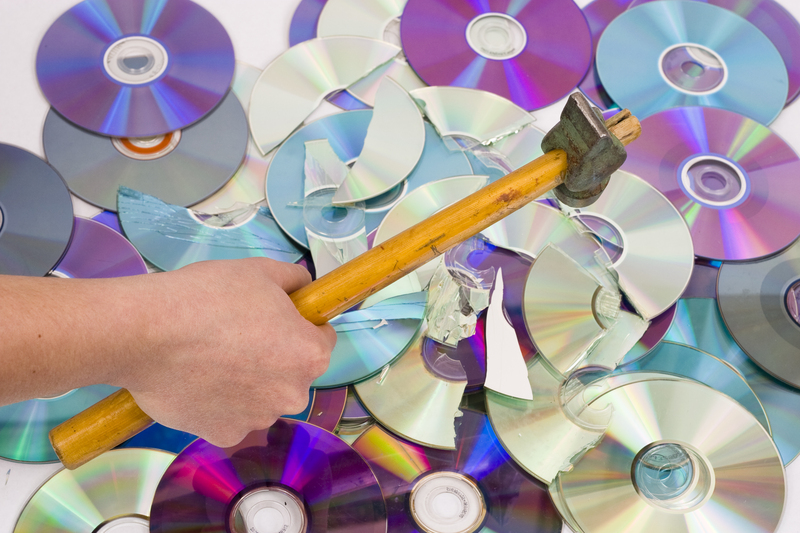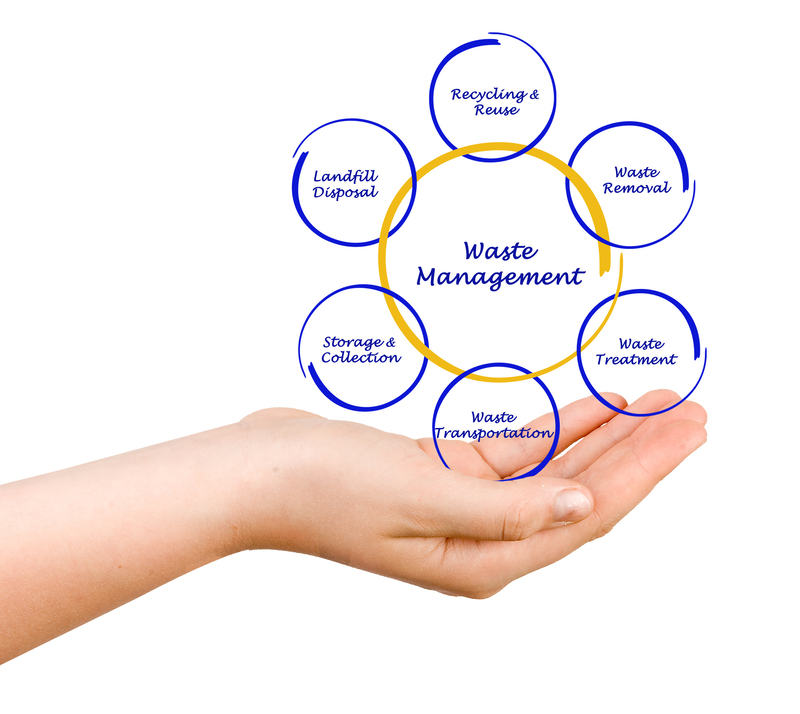
Insightful Information on the Process of Recycling Glass
Glass recycling is a significant process in waste management and resource conservation. Unlike many other materials, glass can be recycled indefinitely without losing its quality or purity. This article delves into the intricate process of recycling glass, offering insightful information for those keen on understanding how these discarded containers re-enter the market, reformed and renewed.
Understanding Glass Recycling
Before diving into the detailed process of recycling glass, it's essential to grasp why it's vital. Glass is a highly sustainable material; however, producing it from raw materials requires a significant amount of energy. Therefore, recycling glass saves energy, reduces raw material consumption, and decreases landfill usage.
Steps Involved in the Glass Recycling Process
The glass recycling process is comprised of several critical steps. Each step plays a vital role in ensuring that the glass is effectively recycled and can be reused in new products.
1. Collection
The first step is collection. Glass bottles and jars are collected from various sources, including curbside collection programs, bottle banks, and deposit refund programs. It is crucial to ensure that the glass collected is not contaminated with non-recyclable waste.
2. Sorting
Sorting is an essential step in the recycling process. Glass must be sorted by color because different colored glass melts at different temperatures. The most common colors are clear, green, and brown. Effective sorting is crucial as it directly impacts the quality of the recycled product.
3. Cleaning
Once sorted, the glass moves to the cleaning phase. Any impurities, such as labels, caps, and lids, are removed. The glass is washed to eliminate residues that can contaminate the recycling process.
4. Crushing and Grinding
The clean glass is then crushed into small pieces, known as cullet. Utilizing cullet in the production of new glass products significantly reduces the energy required, as cullet melts at a lower temperature than raw materials. Crushing also helps to ensure that the glass is a uniform size, crucial for the next stage.
5. Melting
After crushing, the cullet is mixed with other raw materials and melted in a furnace. The furnace temperature often exceeds 1400?C. This extreme heat ensures that the glass is completely liquefied and can be molded into new products.
6. Molding
Once the glass is in its liquid state, it's ready to be molded into new shapes. This phase involves shaping the molten glass into new bottles, jars, or any glass item required by manufacturers. After molding, the glass items are slowly cooled, a process called annealing, to remove stresses introduced during the shaping.
7. Quality Control
The final products undergo stringent quality control checks to ensure they meet all safety and quality standards before being sent out to be filled and distributed once again. This phase ensures that the recycled glass products are of high quality and free from defects.
Benefits of Glass Recycling
Recycling glass offers several environmental benefits that contribute to a more sustainable future:
- Energy Conservation: Recycling glass saves approximately 30% of the energy needed to create new glass from raw materials.
- Reduces Raw Material Consumption: Each ton of recycled glass saves over one ton of natural resources.
- Decreases Emissions: Using recycled glass reduces CO2 emissions, mitigating the impact on climate change.
- Waste Reduction: Recycling helps keep glass out of landfills, conserving space and reducing landfill management costs.
- Economic Benefits: The glass recycling industry creates jobs and supports economic growth by supplying manufacturers with high-quality resources.
Challenges in Glass Recycling
Despite the advantages, glass recycling faces several challenges:
- Contamination: Non-glass materials mixed with the cullet can lower the quality of the recycled glass.
- Color Sorting: Inadequate sorting can result in mixed-color cullet, limiting its applicability.
- Transportation Costs: Glass is heavy, leading to higher transportation costs compared to other recyclables.
Conclusion
Glass recycling is a cornerstone of environmental sustainability efforts worldwide. It conserves natural resources, lowers emissions, and supports economic vitality. Understanding the process of recycling glass equips individuals and communities to contribute effectively to sustainability. By participating in glass recycling programs, individuals help reduce waste and support the continuous life cycle of glass, ensuring that our environment--and future generations--remain healthier and greener.
